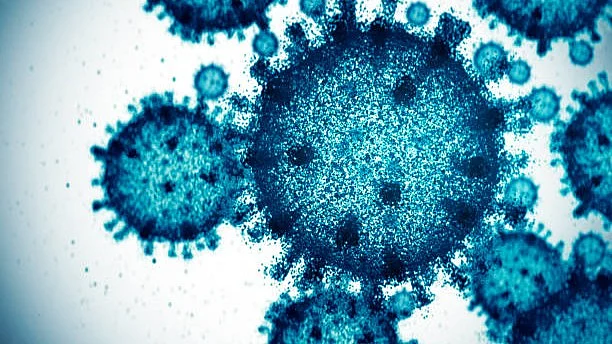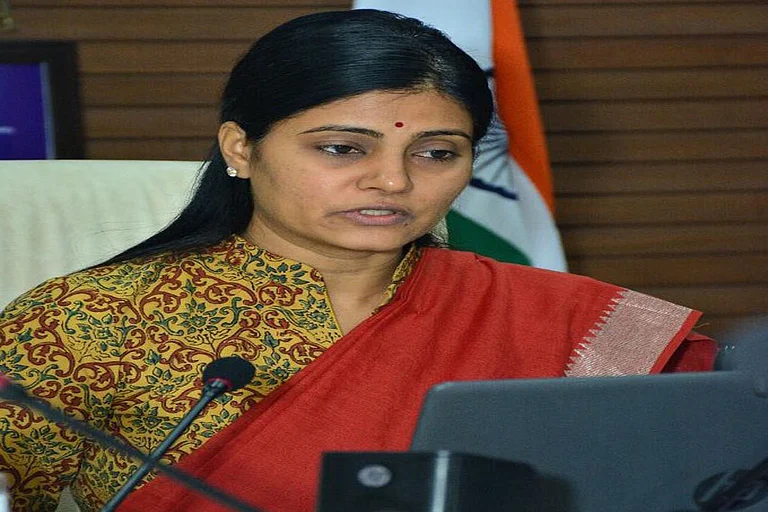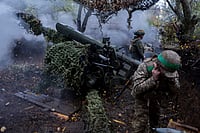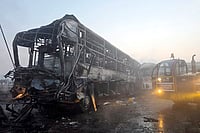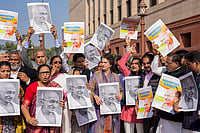At least six children have died due to suspected Chandipura virus in Gujarat since July 10, said state Health Minister Rushikesh Patel, adding that the total number of cases of the infection has risen to 12.
Patel on Monday said that the samples of the 12 patients had been sent to Pune's National Institute of Virology (NIV) for confirmation.
Of the 12 patients, four were from the Sabarkantha district, three from Aravalli, one each from Mahisagar and Kheda in Gujarat, while two were from Rajasthan and one from Madhya Pradesh, Patel said, adding that they all received treatment in Gujarat.
"Six deaths due to suspected Chandipura virus have been reported in the state, but only after results of the samples it will be clear whether they were caused by the Chandipura virus," he said in a statement.
"Five out of six deaths have been reported from the civil hospital in Himatnagar in Sabarkantha district. All 12 samples, including eight of patients at the civil hospital in Sabarkantha, have been sent to Pune's National Institute of Virology (NIV) for confirmation," the Gujarat Health Minister added.
What Is Chandipura Virus?
The Chandipura virus (CHPV), a tropical pathogen, is a member of the Vesiculovirus genus of the family Rhabdoviridae.
CHPV transmission was proved by scientists in 1967 by scientists at the National Institute of Virology, Pune -- Pravin N Bhatt and FM Rodrigues. They classified CHPV as an "arbovirus" (viruses transmitted via arthropod vectors) new to India.
During the outbreaks of the virus in India in 2003-04, a total of 322 children died, a review article by scientists AB Sudeep, YK Gaurav and VP Bondre mentioned in the Indian Journal of Medical Research in 2016.
The outbreak of the Chandipura virus was also recorded in 2006 in Warangal, 2007 in Nagpur and Maharashtra and so on.
Symptoms
The Chandipura virus infections has symptoms similar to that of flu, with high fever, acute encephalitis (inflammation of the brain), diarrhea, vomiting, etc. CHPV is trasmitted by vectors like mosquitoes, ticks and sand flies.
Children are the most affected by this Chandipura virus.
Treatment And Prevention
There is no specific treatment for against the virus yet, no human vaccine or anti-viral agents for the treatment. Emergency treatment, which is done for the CHPV, is just aimed at protecting the nerve cells due to lack of flood, essentially preventing any long-term neurological consequences.
Medicines such as mannitol and furosemide are used to prevent brain swelling and to check the pressure inside the skull.
Notably for the current situation in Gujarat, health minister Rushikesh Patel said that though CHPV is not contagious "intensive surveillance has been undertaken in the affected areas".
"We have screened 18,646 persons in 4,487 houses. The health department is working round-the-clock to prevent the spread of the disease," Patel said.
(With PTI inputs)







